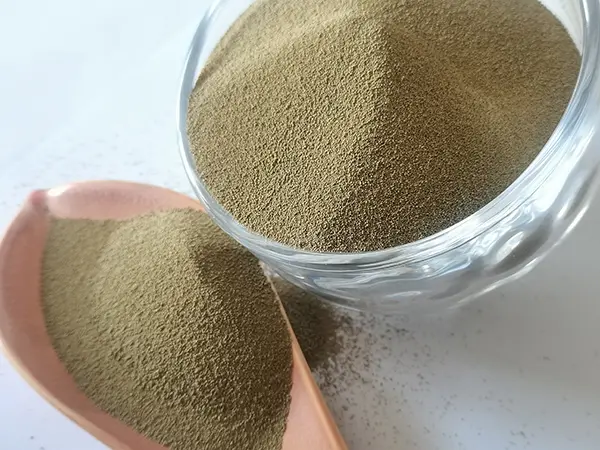The Importance of Sanding 3D Prints
In the world of 3D printing, achieving a smooth and polished final product is often a crucial requirement, especially for those who venture into creating models for visual presentation or functional applications. One effective method to enhance the surface quality of 3D prints is sanding. This technique not only improves the aesthetic appeal of the prints but also helps in preparing them for subsequent finishing processes such as painting or coating.
The Importance of Sanding 3D Prints
One of the primary benefits of sanding 3D prints is the significant improvement in surface quality. For many applications—especially in the fields of design, art, and prototype development—the visual appeal of a model can be just as important as its functionality. A well-sanded print can attract attention and convey professionalism, which is essential for designers showcasing their work to clients or at exhibitions.
sanding 3d prints

Additionally, sanding plays a vital role in enhancing the adhesion of paints and coatings. A smooth surface provides an even texture for paint to adhere to, ensuring a consistent and vibrant finish. Without proper sanding, paint may flake off or not apply evenly, leading to a less desirable appearance. This step is particularly relevant when working with models intended for detailed painting, such as miniatures or artistic sculptures.
However, while sanding can significantly improve a print, it’s essential to approach the process with caution and proper technique. Over-sanding can lead to the reduction of detail or even compromise the structural integrity of the piece. It’s advisable to start with finer grits and gradually work up to coarser ones, assessing the print's surface after each sanding session. This way, one can maintain control over the amount of material removed, preserving the intricacies of the original design.
Safety precautions should also be considered when sanding 3D prints. Dust generated during the sanding process can contain fine particles of plastic, which can be harmful when inhaled. Using a mask, working in a well-ventilated area, and employing a dust collection system can mitigate these risks.
In conclusion, sanding is a crucial step in refining 3D prints. It not only enhances their aesthetic qualities but also prepares them for finishing touches that can elevate a simple print into a remarkable piece. With the right techniques and tools, anyone can achieve professional-grade results in their 3D printing projects. So next time you print a model, don’t overlook the importance of sanding—your finished product will thank you for it!
Post time:Medi . 26, 2024 01:37
Next:sanding 3d print
